Home>Interior Design>10 Things Expert Chefs Say You Should Never Put In A Slow Cooker
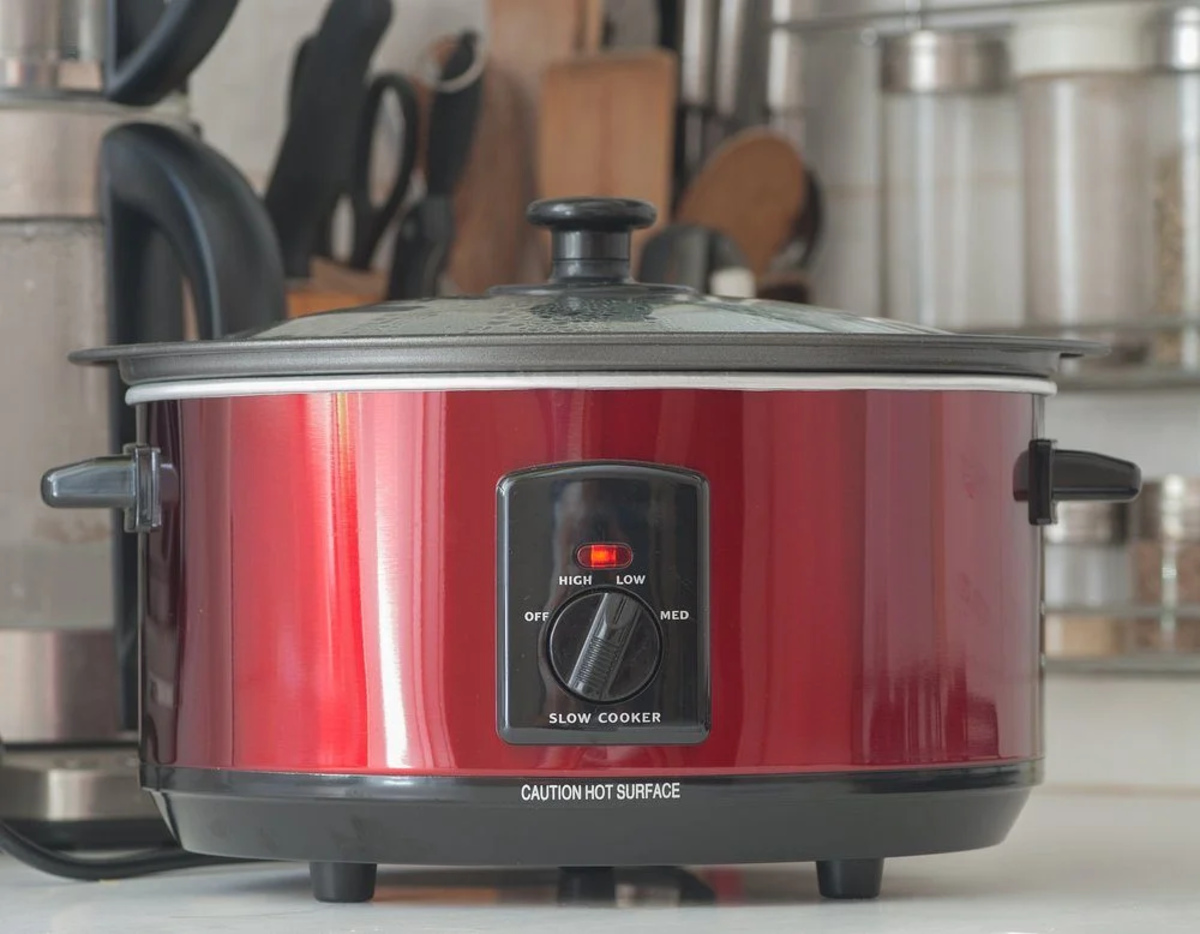

Interior Design
10 Things Expert Chefs Say You Should Never Put In A Slow Cooker
Modified: April 22, 2024
Discover expert advice from interior designers on 10 things you should never put in a slow cooker. Ensure your interior design is safe and effective.
(Many of the links in this article redirect to a specific reviewed product. Your purchase of these products through affiliate links helps to generate commission for Storables.com, at no extra cost. Learn more)
10 Things Expert Chefs Say You Should Never Put in a Slow Cooker
Slow cookers are a convenient and popular kitchen appliance, allowing you to easily prepare delicious meals with minimal effort. However, there are certain ingredients that expert chefs advise against using in a slow cooker. These ingredients may not yield the desired results or may even pose health risks. Here are 10 things that expert chefs recommend you should never put in a slow cooker:
1. Delicate Seafood: While slow cooking works wonders for tougher cuts of meat, delicate seafood such as shrimp and fish can easily overcook and become rubbery or dry. It’s best to cook seafood using quick methods like grilling or sautéing to preserve its delicate texture.
2. Dairy Products: Dairy products like milk, cream, and cheese have a tendency to curdle or break down when subjected to long periods of heat. Adding these ingredients to your slow cooker can result in an unpleasant texture and separation. It’s best to add dairy products towards the end of the cooking process, or use alternative ingredients like coconut milk or non-dairy substitutes.
3. Fresh Herbs: While dried herbs lend themselves well to slow cooking, fresh herbs can lose their vibrant flavors and become wilted and flavorless. It’s best to add fresh herbs towards the end of the cooking time to preserve their aromatic qualities and taste.
4. Eggs: Slow cookers are not suitable for cooking eggs. Eggs need high and direct heat for proper cooking. Attempting to cook eggs in a slow cooker can result in an unevenly cooked and rubbery texture. Stick to traditional methods like scrambling, frying, or boiling for delicious eggs.
5. Pasta: Slow cooking pasta can lead to mushy and overcooked noodles. The pasta can absorb excessive liquid and become bloated. It’s best to cook pasta separately and add it to the slow cooker towards the end, allowing it to absorb the flavors without losing its integrity.
6. Rice: Slow cookers are not the ideal tool for cooking rice. Unlike traditional stovetop or rice cookers, slow cookers do not provide the precise temperature and cooking time needed for perfectly cooked rice. It’s recommended to use a rice cooker or stovetop method for fluffy and properly cooked rice.
7. Leafy Greens: Vegetables like spinach, kale, and other leafy greens tend to break down and become mushy during slow cooking. If you’re looking to incorporate these greens into your dish, it’s better to add them towards the end of the cooking time or opt for alternate cooking methods like steaming or sautéing.
8. Alcohol: While small amounts of alcohol can add flavor to dishes, slow cooking doesn’t allow alcohol to evaporate as quickly as on the stovetop. This can result in dishes being overly boozy and overpowering. It’s best to add alcohol towards the end of the cooking process to preserve its intended flavor and impact.
9. Delicate Vegetables: Vegetables with a high water content, such as zucchini, mushrooms, and bell peppers, can become mushy and lose their texture in a slow cooker. These vegetables are better suited for quick cooking methods like stir-frying or roasting.
10. Raw Meat: Slow cookers are ideal for tenderizing tough cuts of meat over long periods of time. However, it’s important to note that slow cookers may not reach the necessary temperatures to quickly cook raw meat. To ensure food safety, it’s advisable to pre-cook meat before adding it to the slow cooker.
It’s essential to follow the advice of expert chefs when it comes to using a slow cooker. By avoiding these 10 ingredients, you can ensure that your slow-cooked meals turn out delicious, with the perfect texture and flavor that you desire. Happy slow cooking!
Key Takeaways:
- Slow cookers are not suitable for delicate seafood, dairy products, fresh herbs, eggs, pasta, rice, leafy greens, alcohol, delicate vegetables, and raw meat. Use alternative cooking methods to preserve flavors and textures.
- Expert chefs caution against using certain ingredients in slow cookers, such as delicate seafood, dairy products, fresh herbs, eggs, pasta, rice, leafy greens, alcohol, delicate vegetables, and raw meat. Opt for alternative cooking techniques for best results.
Delicate Seafood
When it comes to cooking seafood, delicate options like shrimp, fish, and scallops require extra care to maintain their tender texture and succulent flavor. While slow cookers are great for tenderizing tougher cuts of meat, they are not well-suited for delicate seafood. Here’s why:
Seafood, especially delicate varieties, tends to cook quickly. Overcooking seafood can lead to rubbery and dry textures, resulting in an unappetizing meal. Slow cookers operate at a low and steady temperature, perfect for breaking down tough proteins in meat, but they can’t provide the quick, high heat needed to cook seafood properly.
Additionally, seafood contains a high water content, and slow cooking can cause it to release even more moisture, leading to a watery dish. The excess liquid can dilute flavors and affect the overall taste of your seafood.
Another challenge with cooking seafood in a slow cooker is that it requires careful timing. Even a slight delay in removing delicate seafood from the slow cooker can result in overcooking and ruin the dish.
To enjoy perfectly cooked seafood, it’s best to utilize other cooking methods that allow for precise control over cooking times and temperatures. Here are a few alternative methods to consider:
1. Grilling: Grilling seafood imparts a smoky flavor and creates a delicious charred exterior while retaining the natural sweetness and tenderness of the flesh. It allows for quick and even cooking, ensuring that delicate seafood remains moist and flavorful.
2. Sautéing: Sautéing seafood in a hot pan with a small amount of oil is a fast and efficient way to cook delicate seafood. The high heat sears the surface, locking in moisture and creating a golden brown crust. This method preserves the delicate texture and enhances the natural flavors of the seafood.
3. Steaming: Steaming seafood is a gentle and healthy cooking technique that retains moisture and preserves the delicate flavors. It involves placing seafood in a steamer basket over boiling water and cooking until it is tender and opaque. Steaming ensures a moist result without the risk of overcooking.
4. Poaching: Poaching is another gentle method that involves cooking seafood in a flavored liquid, such as broth or wine. This cooking technique ensures that seafood remains moist and evenly cooked. The liquid infuses the seafood with subtle flavors, making it a versatile option for delicate varieties.
By using these alternative cooking methods, you can enjoy delicate seafood at its best – tender, flavorful, and perfectly cooked. Save your slow cooker for heartier meats and opt for these techniques to bring out the best in your favorite seafood dishes.
Dairy Products
Dairy products like milk, cream, and cheese are staples in many recipes, but when it comes to using them in a slow cooker, expert chefs advise against it. While slow cookers are great for creating flavors and tenderizing dishes, dairy products can pose some challenges in this cooking method. Here’s why:
One of the main issues with adding dairy products to a slow cooker is the risk of curdling or breaking down. Slow cookers operate at a low and consistent temperature, which is ideal for slow cooking meats and vegetables. However, dairy products can’t handle prolonged exposure to higher heat without the risk of separating or curdling.
Curdling occurs when the proteins in dairy products denature and clump together, resulting in an unpleasant texture and appearance in the dish. It can also lead to a separation of liquids, resulting in a watery or grainy consistency.
In addition to curdling, extended cooking times can cause dairy products to lose their desired flavors and aromas. The subtle nuances and creamy textures we love in dairy can diminish when subjected to the prolonged heat of a slow cooker.
To avoid the pitfalls of using dairy products in a slow cooker, here are a few tips to consider:
1. Add dairy towards the end: If your recipe calls for dairy, it’s best to add it towards the end of the cooking process. This allows you to still benefit from the slow cooking method for the main components of the dish while ensuring that the dairy retains its desired texture and flavors.
2. Use alternative ingredients: If you’re looking to add creaminess to your slow-cooked dishes, consider using alternative ingredients like coconut milk, non-dairy creamer, or vegetable-based substitutes. These alternatives are more stable under slow cooking conditions and can provide similar desired results.
3. Stir in dairy after cooking: If you can’t resist adding dairy to your slow cooker, it’s best to stir it in after the cooking process is complete. This prevents the dairy from being exposed to prolonged heat and reduces the risk of curdling. Remember to keep the slow cooker on a low or warm setting when incorporating dairy after cooking to avoid overheating.
It’s important to note that these guidelines apply mainly to dishes where dairy is incorporated as a primary ingredient. If a recipe calls for a small amount of dairy, such as a splash of milk or a dollop of sour cream for finishing touches, it can generally be added earlier in the cooking process without significant risk.
By following these tips, you can enjoy the creamy goodness of dairy in your slow-cooked dishes without compromising texture or flavor. Experiment with alternative ingredients and learn to adapt your favorite recipes to make the most of your slow cooker cooking experience.
Fresh Herbs
Fresh herbs are a delightful addition to many dishes, offering vibrant flavors and beautiful aromas. However, when it comes to slow cooking, expert chefs advise against using fresh herbs. Here’s why:
Slow cookers operate on a low, steady heat over an extended period of time. While this gentle cooking method works wonders for breaking down tough cuts of meat and infusing flavors into dishes, it can result in the loss of the delicate flavors and aromas of fresh herbs.
Fresh herbs have volatile oils that give them their distinct flavors and scents. Prolonged exposure to heat can cause these oils to evaporate, leaving behind a muted and less pronounced taste. As a result, the herbs may lose their impact in the final dish.
To get the most out of your fresh herbs when using a slow cooker, consider the following tips:
1. Add herbs towards the end: Instead of adding fresh herbs at the beginning of the cooking process, incorporate them towards the end. This allows you to retain their vibrant flavors and aromas while still benefiting from the long, slow cooking time for the main components of the dish.
2. Use dried herbs: Dried herbs are better suited for slow cooking because their flavors are more concentrated and stable. They can withstand the extended cooking time without losing their potency. If a recipe calls for fresh herbs, consider using their dried counterparts instead. Just remember to adjust the measurements, as dried herbs are more potent than fresh.
3. Garnish with fresh herbs: While slow cooking may not be the best method for preserving the flavors of fresh herbs, you can still enhance the visual appeal and aroma of your dish by using them as a garnish. Simply sprinkle some freshly chopped herbs on top of the finished dish just before serving. This will add a burst of freshness and elevate the overall presentation.
4. Grow your own: If you’re passionate about using fresh herbs in your cooking, consider growing your own herb garden. This way, you can easily access fresh herbs whenever you need them, ensuring maximum flavor and quality. Snip off a few leaves right before serving to capture their fresh essence.
By following these tips, you can still incorporate the delightful flavors of fresh herbs into your slow-cooked dishes without sacrificing their essence. Experiment with different herb combinations and explore the beautiful world of culinary herbs to enhance your meals.
Eggs
Eggs are a versatile ingredient in cooking, perfect for breakfast, lunch, or dinner. However, when it comes to slow cooking, expert chefs strongly advise against using eggs. Here’s why:
Slow cookers operate at a low and consistent temperature, which is great for breaking down tough cuts of meat and tenderizing vegetables over time. However, this slow and gentle heat is not suitable for cooking eggs.
Eggs require higher temperatures to coagulate and set properly. When subjected to the low heat of a slow cooker, eggs can become unevenly cooked, resulting in a rubbery texture. The prolonged cooking time can also cause the eggs to become dry and overcooked.
Moreover, slow cookers do not provide a controlled environment for cooking eggs. Unlike stovetop methods where heat can be adjusted and monitored, slow cookers rely on a fixed temperature setting. This lack of control can lead to unpredictable results when cooking eggs.
To enjoy the best results when cooking eggs, it’s best to stick to traditional cooking methods such as scrambling, frying, or boiling. These methods allow for precise control over temperature and cooking time, ensuring that eggs are cooked to perfection.
If you’re looking to incorporate eggs into a slow-cooked dish, consider using pre-cooked eggs. Hard-boiled eggs, for example, can be added to certain recipes towards the end of the cooking process to warm through and absorb flavors without requiring further cooking.
Remember, eggs are not meant to be slow-cooked and should be handled with care to achieve the desired texture and taste. Reserve your slow cooker for other ingredients and opt for traditional cooking methods when it comes to eggs.
By following this advice, you can avoid disappointing results and ensure that your eggs turn out just the way you want them – perfectly cooked and delicious. Experiment with different cooking techniques and explore the versatility of eggs in your favorite dishes.
Pasta
Pasta is a beloved staple in many cuisines, known for its versatility and ability to create satisfying meals. However, when it comes to slow cooking, expert chefs recommend against using pasta. Here’s why:
Slow cookers operate by cooking ingredients over a long period of time at a consistent low heat. While this is ideal for breaking down tough cuts of meat and developing complex flavors, it can lead to overcooked and mushy pasta.
Pasta requires a specific amount of time and the right amount of boiling water to cook properly. Slow cookers don’t provide the necessary conditions for pasta to cook evenly, often resulting in a soft, clumpy, and overcooked texture.
Additionally, pasta tends to absorb liquid, and slow cooking can cause it to become bloated and lose its structure. The excess liquid in the slow cooker can dilute the flavors of the dish and leave you with a less than satisfying meal.
To enjoy perfectly cooked pasta, it’s recommended to opt for traditional cooking methods such as boiling in a pot of salted water. This allows you to control the cooking time and texture, ensuring that the pasta is al dente – cooked but still firm to the bite.
If you still want to incorporate pasta into a slow-cooked dish, consider cooking it separately and adding it towards the end of the cooking process. This allows the pasta to absorb the flavors of the dish without becoming overly soft or bloated.
Another alternative is to use no-boil or oven-ready pasta, specifically designed for slow cooking or baking. These types of pasta are made to withstand longer cooking times without turning mushy or losing their texture.
Remember, when it comes to pasta, slow cooking is not the most suitable method for achieving the desired results. Stick to traditional cooking techniques for pasta to ensure a satisfying and enjoyable dining experience.
By following this advice, you can avoid ending up with mushy pasta and instead savor the perfect texture and taste that pasta dishes are known for. Experiment with various sauces and ingredients to create delicious pasta dishes that will leave everyone wanting more.
When using a slow cooker, avoid adding dairy products like milk or cream as they can curdle and separate during long cooking times. Stick to using dairy as a finishing touch instead.
Rice
Rice is a staple food in many cultures and is often enjoyed as a side dish or as the base of a main course. While rice can be effortlessly cooked in a variety of methods, expert chefs caution against using a slow cooker for this purpose. Here’s why:
Slow cookers are designed to cook ingredients slowly over a low and consistent heat. While this is ideal for tenderizing tough cuts of meat and slowly simmering flavorful stews, it is not suitable for cooking rice.
Slow cookers lack the precision and control needed to cook rice perfectly. Unlike specialized rice cookers or stovetop methods, slow cookers do not provide the necessary pressure or temperature adjustments required for fluffy and evenly cooked rice.
In a slow cooker, rice tends to become overcooked and mushy due to the prolonged cooking time. The extended exposure to heat can cause the grains to lose their structure and become overly soft, resulting in a less appetizing texture.
To achieve perfectly cooked rice, it’s best to utilize traditional cooking methods specifically designed for rice. These methods allow for precise control over cooking time, heat, and water-to-rice ratio. Whether you choose to use a rice cooker or cook on the stovetop, you’ll have more control over the final result.
If you are set on incorporating rice into a slow-cooked dish, consider using pre-cooked rice or partially cooked rice. Adding fully cooked or partially cooked rice towards the end of the slow cooking process can help retain some texture and prevent it from becoming too soft.
However, be cautious when adding rice to a slow cooker as it can still absorb additional liquid, potentially resulting in a dish with less distinct flavors and a texture that is not ideal.
By utilizing traditional cooking methods for rice, you can ensure a delicious and properly cooked grain that will complement your dishes perfectly. Experiment with different rice varieties and recipes to create delightful meals that showcase the versatility and beauty of rice.
Leafy Greens
Leafy greens, such as spinach, kale, and Swiss chard, are packed with nutrients and are a healthy addition to any meal. However, when it comes to slow cooking, expert chefs advise against using leafy greens. Here’s why:
Slow cookers operate by cooking ingredients at a consistent low heat over an extended period of time. While this method is fantastic for breaking down tough cuts of meat and developing rich flavors, it doesn’t fare as well when it comes to leafy greens.
Leafy greens have a high water content and delicate structures that can break down and become mushy when slow-cooked for an extended period. They require shorter cooking times to retain their texture, nutrients, and vibrant green color.
Additionally, slow cooking can cause leafy greens to lose their flavor and taste. The slow cooking process can dilute their natural flavors, resulting in a less intense and vibrant taste compared to when they are quickly cooked using other methods.
To enjoy the best texture and flavor from leafy greens, consider these alternatives to slow cooking:
1. Steaming: Steaming is a quick and gentle cooking method that preserves the texture and nutrients of leafy greens. Simply place the greens in a steamer basket over boiling water and cook until they are tender and vibrant. This method ensures that the greens retain their nutritional value and fresh taste.
2. Sautéing or Stir-Frying: Sautéing or stir-frying leafy greens in a hot pan with a small amount of oil can provide a delicious and satisfying result. The high heat allows for quick cooking, maintaining the crunchiness of the greens and enhancing their natural flavors.
3. Blanching: Blanching involves briefly immersing leafy greens in boiling water and then transferring them to an ice bath to stop the cooking process. This method helps to retain the vibrant color and nutrients of the greens while ensuring a tender but still crisp texture.
If you really want to incorporate leafy greens into a slow-cooked dish, it’s best to add them towards the end of the cooking process, just long enough for them to wilt and become tender. This way, you can prevent them from becoming overcooked and losing their nutritional value.
By utilizing these alternative cooking methods, you can preserve the texture, flavor, and nutritional benefits of leafy greens to enjoy in your meals. Whether you steam, sauté, or blanch them, leafy greens can be a delicious and healthy addition to your dishes.
Alcohol
Alcohol is often used in cooking to add depth, richness, and unique flavors to dishes. However, when it comes to slow cooking, expert chefs advise caution when using alcohol. Here’s why:
Slow cookers operate at a low and steady temperature, which can affect the evaporation process when cooking with alcohol. Unlike cooking on the stovetop, slow cookers do not provide the same level of heat to quickly evaporate the alcohol, resulting in a dish that may have a stronger alcohol taste.
The prolonged cooking time in a slow cooker can also lead to the alcohol not fully dissipating, potentially leaving a strong alcoholic flavor that may not be desirable for everyone.
To achieve the desired results when cooking with alcohol in a slow cooker, follow these tips:
1. Add alcohol towards the end of the cooking process: To preserve the intended flavors of the alcohol, wait to add it towards the end of the cooking time. This will ensure that some of the alcohol evaporates but still leaves behind its distinctive flavor.
2. Consider using less alcohol: If you’re concerned about the alcohol flavor overpowering your dish, reduce the amount of alcohol used in the recipe. This will help achieve a milder taste while still incorporating the intended flavors of the alcohol.
3. Substitute non-alcoholic alternatives: If you prefer to avoid alcohol altogether, consider using non-alcoholic substitutes like broths, stocks, or flavored liquids. These alternatives can provide depth and flavor to your slow-cooked dishes without the alcohol content.
It’s important to note that alcohol can impact the texture of certain ingredients. For example, when using alcohol in a marinade for meat, it can break down proteins and tenderize the meat. In a slow cooker, this effect may not be as pronounced, so it’s essential to consider the overall impact on the texture of your dish.
Lastly, it is crucial to be mindful of alcohol restrictions and dietary preferences that may apply to your guests, especially when serving dishes that have been slow-cooked with alcohol.
By following these guidelines, you can still incorporate alcohol into your slow-cooked dishes while maintaining control over its impact on the final flavor. Experiment with different alcohol-infused recipes or explore non-alcoholic alternatives to achieve the desired taste without compromising the essence of your dish.
Delicate Vegetables
Delicate vegetables, such as zucchini, mushrooms, and bell peppers, are known for their tender texture and subtle flavors. However, when it comes to slow cooking, expert chefs advise against using these delicate vegetables. Here’s why:
Slow cookers operate at a low and consistent temperature, which is ideal for breaking down tough cuts of meat and simmering hearty stews. However, delicate vegetables require shorter cooking times and a gentle heat to maintain their texture and flavors.
Delicate vegetables have a high water content, and slow cooking can cause them to release even more moisture. This excess moisture can lead to a mushy and overcooked result, resulting in a loss of texture and flavor.
Additionally, slow cooking can cause delicate vegetables to lose their vibrant colors and become dull in appearance. The prolonged cooking time can affect the pigments in these vegetables, resulting in a less visually appealing dish.
To enjoy the best taste and texture from delicate vegetables, consider the following alternatives to slow cooking:
1. Quick sautéing or stir-frying: Sautéing or stir-frying delicate vegetables allows for quick cooking over high heat. This method preserves their texture, natural flavors, and vibrant colors. It’s a quick and easy way to enjoy the fresh taste of delicate vegetables.
2. Roasting or grilling: Roasting or grilling delicate vegetables enhances their natural sweetness and brings out their unique flavors. These methods provide a slightly longer cooking time compared to sautéing or stir-frying but still maintain the texture and integrity of the vegetables.
3. Steaming: Steaming delicate vegetables is a gentle and healthy cooking method that requires minimal cooking time. It helps retain their nutrients and natural crunch while preserving their delicate flavors.
If you’re determined to incorporate delicate vegetables into a slow-cooked dish, consider adding them towards the end of the cooking process. This way, you can prevent them from becoming overly soft and retain some of their desired texture and taste.
Remember, delicate vegetables are better suited for quick-cooking methods that allow their natural flavors and textures to shine. By using these alternative cooking techniques, you can enjoy delicate vegetables at their best – vibrant, flavorful, and with the perfect amount of tenderness.
Raw Meat
Raw meat is a common ingredient in many slow-cooked dishes, but when it comes to using a slow cooker, expert chefs recommend caution when using raw meat. Here’s why:
Slow cookers are designed to cook ingredients over an extended period at a low and constant temperature. While this cooking method is perfect for tenderizing tough cuts of meat and creating flavorful stews, it may not always reach the necessary temperatures to quickly and safely cook raw meat.
Cooking meat at high temperatures kills bacteria and other pathogens that may be present. However, slow cookers operate at a lower temperature range, which can prolong the time it takes for the meat to reach a safe temperature. This can increase the risk of foodborne illnesses if the meat is not properly cooked.
To ensure the safety of your slow-cooked meals, it’s recommended to pre-cook the meat before adding it to the slow cooker. This can be done through methods such as searing, baking, or boiling, which help to kill any harmful bacteria and give the meat a head start in the cooking process.
By pre-cooking the meat, you reduce the risk of foodborne illnesses and ensure that your dish is safe to consume. Once the meat is fully cooked, you can then add it to the slow cooker to further tenderize and infuse it with flavors.
It’s important to note that while slow cookers may not be ideal for cooking raw meat from start to finish, they are excellent for finishing and tenderizing pre-cooked meats. The low and consistent heat of a slow cooker can transform tough cuts of meat into succulent and flavorful dishes.
When using a slow cooker with pre-cooked meat, always ensure that the internal temperature of the dish reaches the appropriate level to guarantee food safety.
By following these guidelines, you can make delicious slow-cooked meals with pre-cooked meats while ensuring the safety of your dishes. Experiment with different pre-cooking techniques and flavors to create mouthwatering meat dishes that are both tender and safe to enjoy.
Frequently Asked Questions about 10 Things Expert Chefs Say You Should Never Put In A Slow Cooker
Was this page helpful?
At Storables.com, we guarantee accurate and reliable information. Our content, validated by Expert Board Contributors, is crafted following stringent Editorial Policies. We're committed to providing you with well-researched, expert-backed insights for all your informational needs.

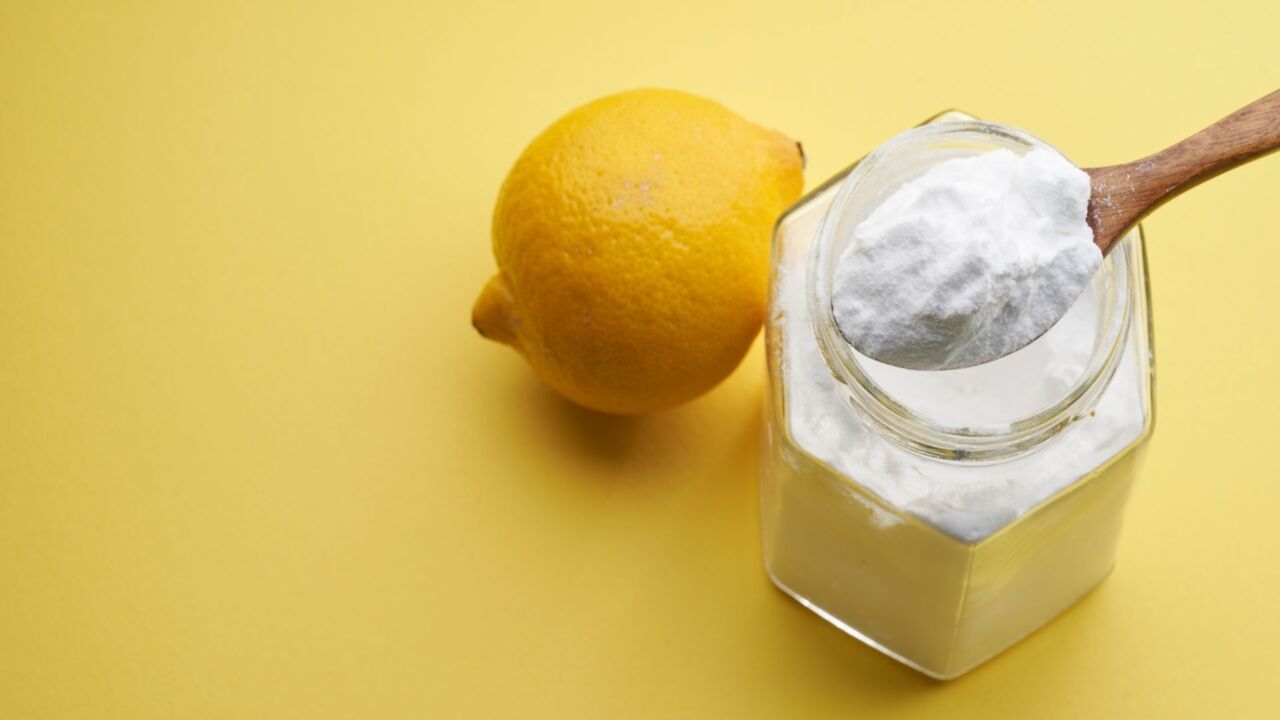


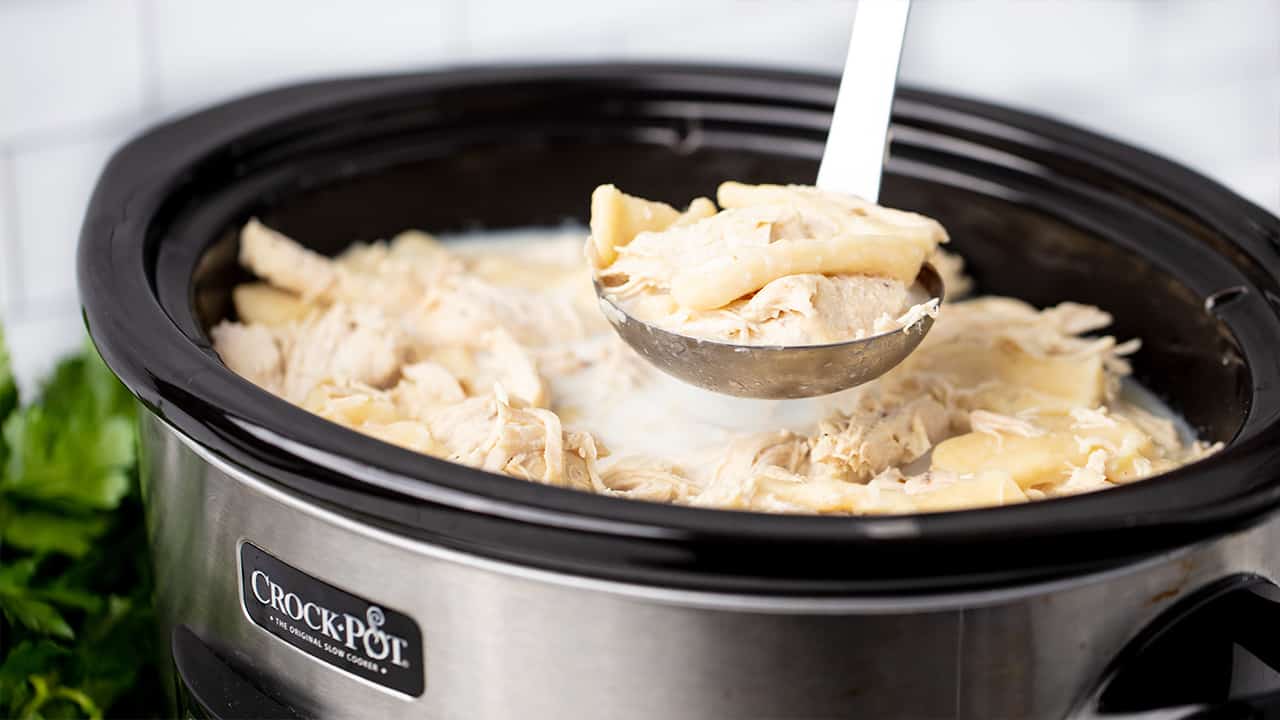

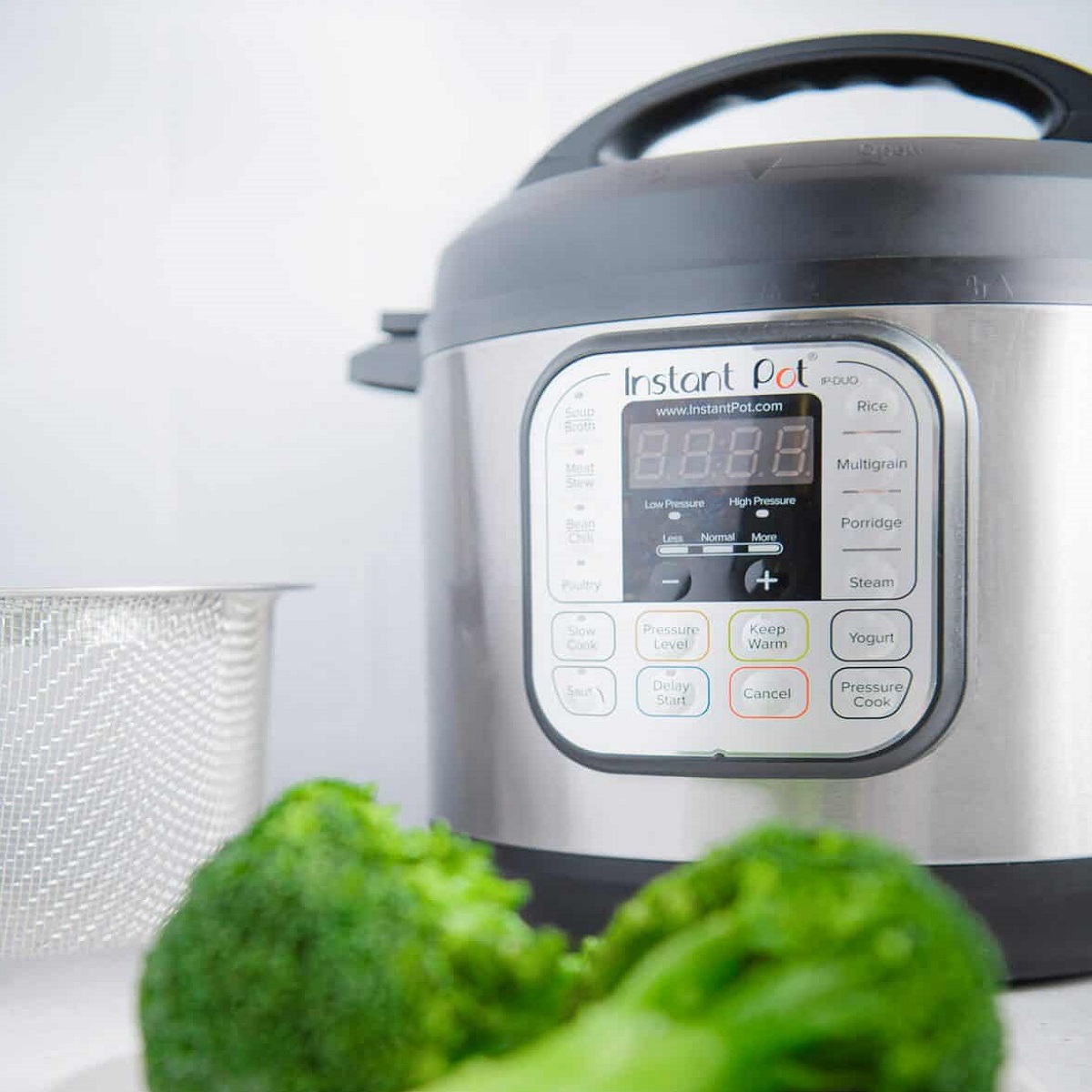
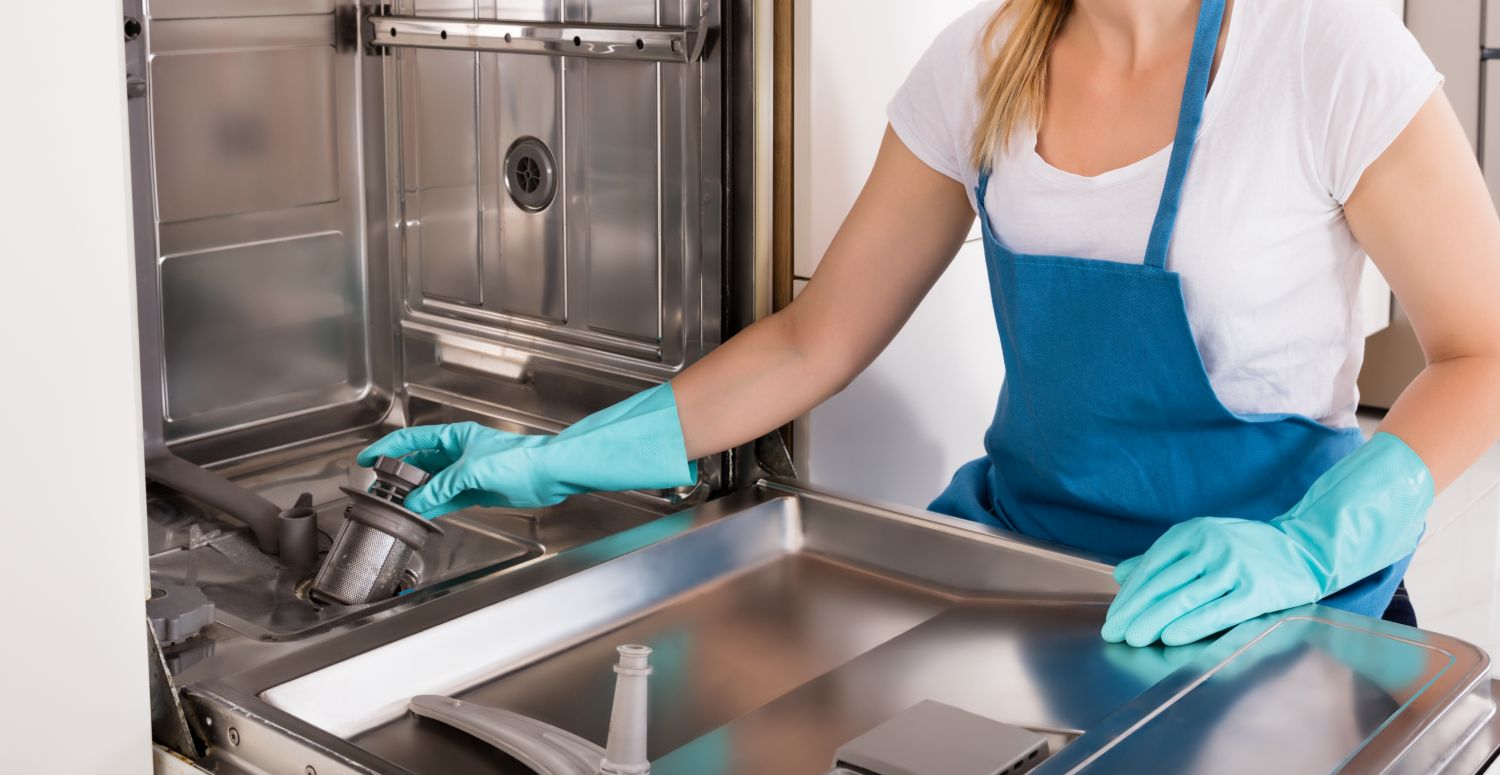



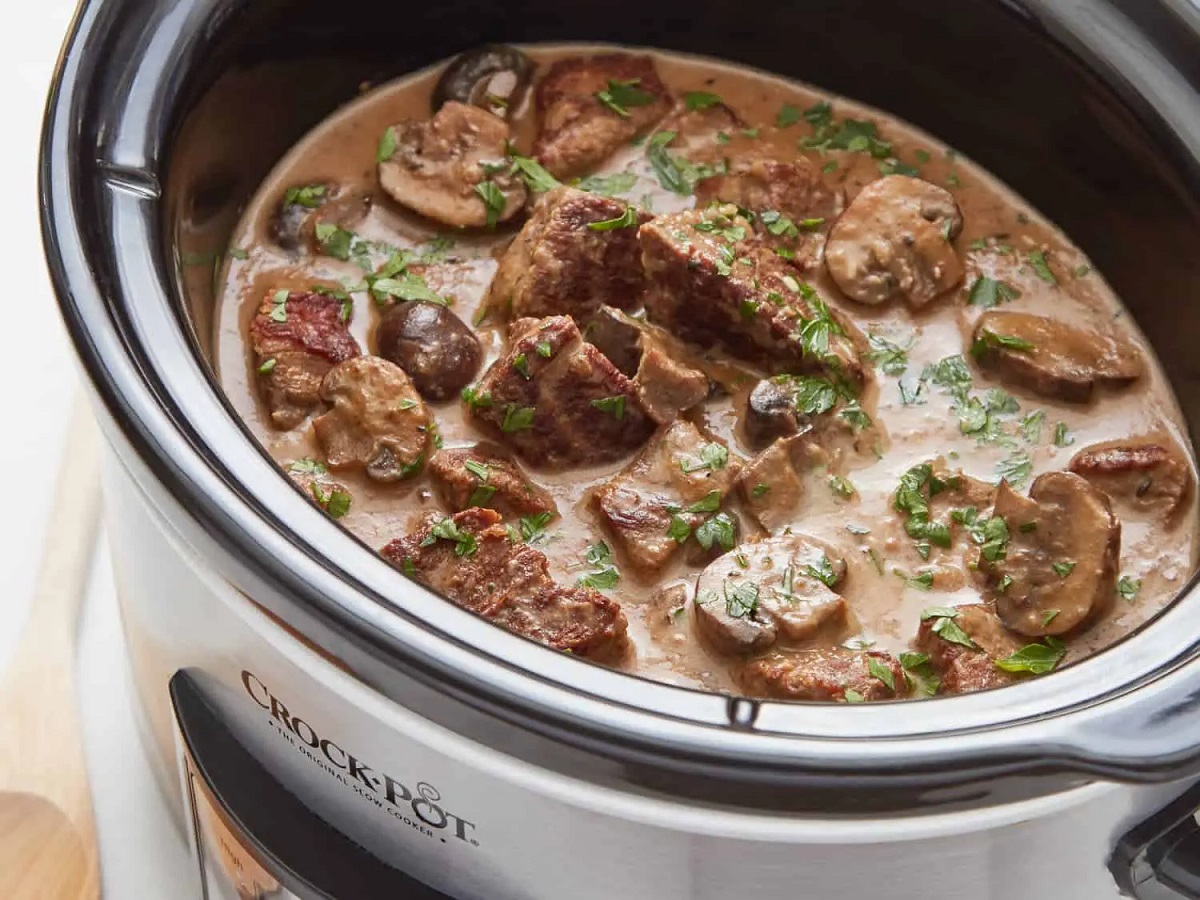
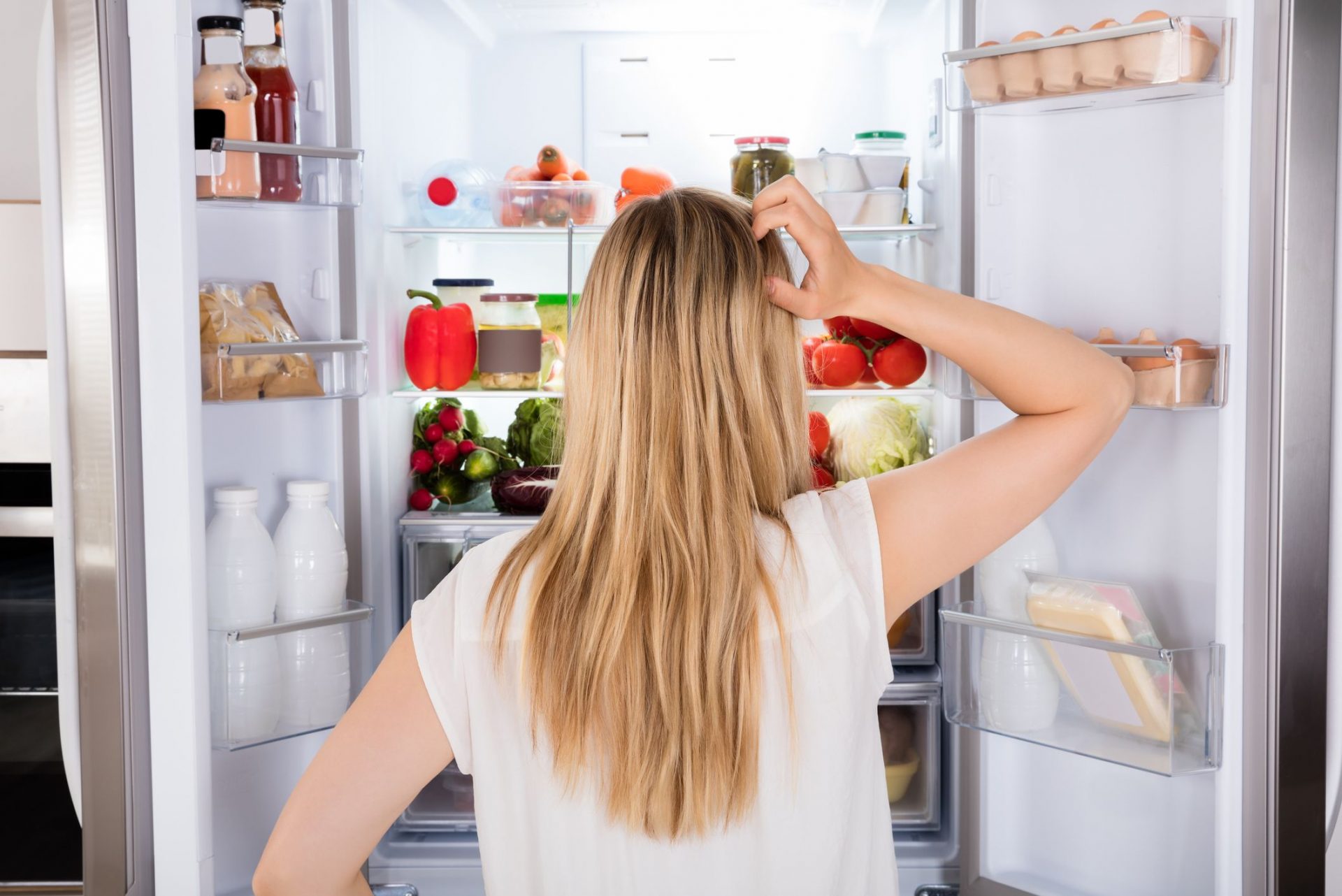

0 thoughts on “10 Things Expert Chefs Say You Should Never Put In A Slow Cooker”